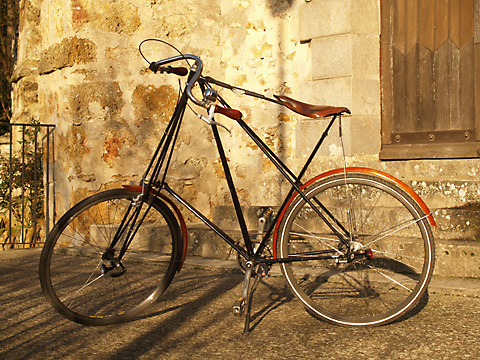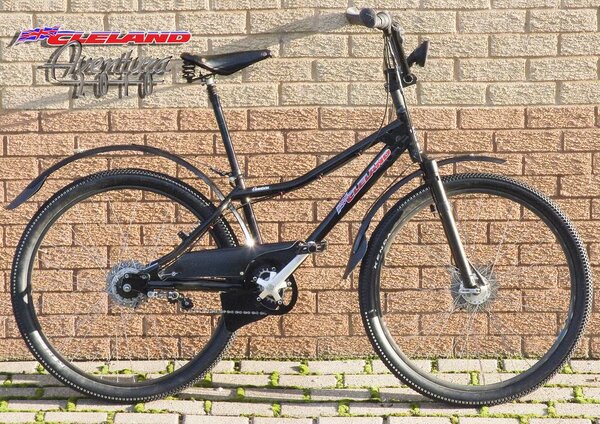- Feedback
- View
Yep!
It sure is !
The use of a drum brake or RollerBrake could easily sort that out.
Prototypes often have teething troubles. And especially so with a design of this complexity. I am surprised that this bike works at all, as half of the mechanism is only there to sort out the problems thrown up by fact that the frame is free to articulate. :shock:
It sure is !
The use of a drum brake or RollerBrake could easily sort that out.
Prototypes often have teething troubles. And especially so with a design of this complexity. I am surprised that this bike works at all, as half of the mechanism is only there to sort out the problems thrown up by fact that the frame is free to articulate. :shock:

